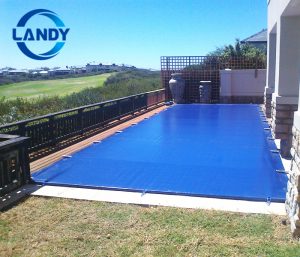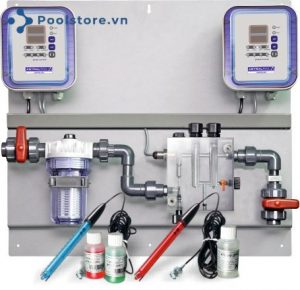These solar mats are commonly used to heat small swimming pools that are taken down in the winter. In a pool heating system based on EDPM or solar mats, the water is pumped through the mats. There it is heated by the sun. The sun causes the solar mats to become warm. The mats then transfer the heat to the pool water.
As indicated earlier, this solution is intended mainly for smaller pools. First of all, because a large-volume pool requires more time to pump the entire volume of water through the solar mats. As a result, it takes a very long time to completely heat up a large pool with these mats.
In addition, you need a large area to install the mats. The area of solar mats should preferably be as large as the area of the swimming pool. These heating mats are usually installed on a flat roof. This means, however, that the pump must have sufficient capacity to pump the water all the way up to the roof. If the pump is not powerful enough, the water will heat more slowly.
A serious disadvantage of these EPDM or solar mats is their weather dependence. Without sunlight, the mats will not transfer enough heat to the pool water.
The price of such mats amounts to around €50 per square metre (without installation). For an 8 m by 4 m pool, this yields a purchase cost of approximately €1,600.


















